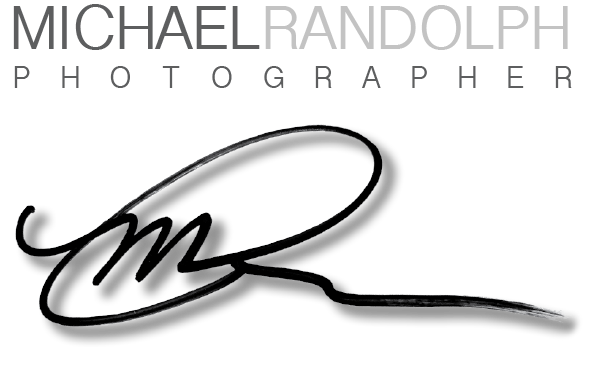Long before I wanted to be a photographer, I always give the same answer to "what do you want to be when you grow up?". Each time, I would respond with "Astronomer". I was the classic space nerd, and still am. I had subscriptions to both Astronomy and Discover magazines, and I also had a small collection of books on Astronomy.
5dMkII 16-25mm @ f5.6 1/90 ISO 800
One of those books was "A Field Guide to the Stars and Planets" published in 1983. I was 10 years old. It was full of star maps, photos and charts. One chart showed all the total solar eclipses worldwide. I was disappointed to see the next total solar eclipse to grace the continental United States wouldn't happen till 2017. From the perspective of a pre-teen boy, that was an eternity. However, it remained near the top of my bucket list.
Fast forward 34 years later, I was exited to plan for the experience of a lifetime. My 13-year-old daughter wanted to join me on the journey so we decided to turn it into a short vacation with a stopover to Indiana to visit with grandma and grandpa for a couple days. This also would shorten the driving distance to the path of totality, and give us a larger number of choices to view along the path.
I was concerned with the weather so I stayed up late the night before, obsessively looking at cloud cover forecasts from the Rockeys to the Carolinas. I wanted to make sure that there was no chance of clouds. To travel 1600 miles just to get skunked by a couple clouds during the short length of totality was not an option.
The clearest skies wound up being in Sweetwater Tennessee, so we hopped in the car at 4am for the long drive. After filling up on waffles in the Tennessee valley, we found a field at the crest of a hill overlooking I-75. A local fraternity was charging $30 to park. Still, a bargain for the chance to cross off something that's been on my list of must-have life experiences for so long.
Nikon D4 300mm with 1.4x teleconverter f4.8 1/350 ISO 800
During the eclipse, I devided my time. Shooting a few photos, and spent time sharing the experience with my daughter. I used three cameras. A Nikon d4 with a 300mm 2.8 lens and a 1.4x teleconverter for the long shots. A Canon 5dMKII with a 16-35mm 2.8, and a few shots from my Fujilfilm x100s.
A few days later, I decided to upload a couple photos to the National Geographic MyShot page. You see, once I found my love for photography in High School, one of my goals was to be published by National Geographic. But hey, don't we all. Luckily, that evening I received notification that one of my photos was selected for their Daily Dozen. This is the page where they publish 12 editor's picks pulled from the Your Shot community. Sure, it's not the same as being published in the pages of their magazine, but I'll take it as a win.
I'm looking forward to repeating this experience with less driving in 2024 when the next solar eclipse will pass through Ohio. Hopefully, it will be as magical the second time as it was the first.


